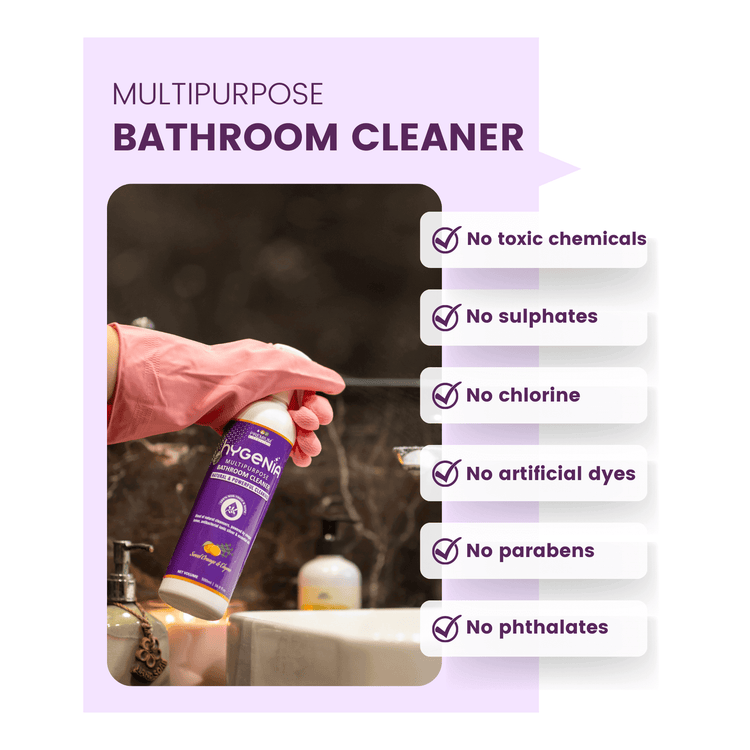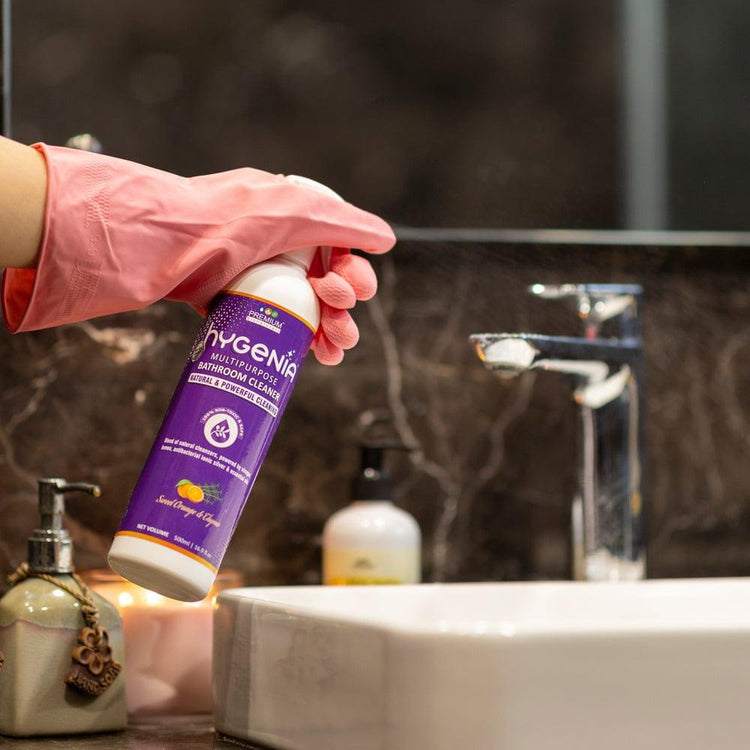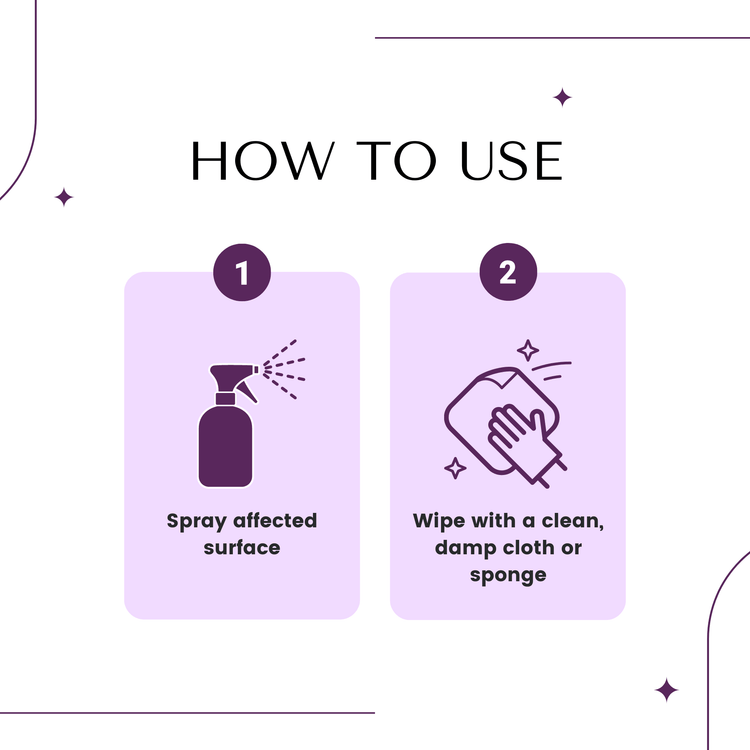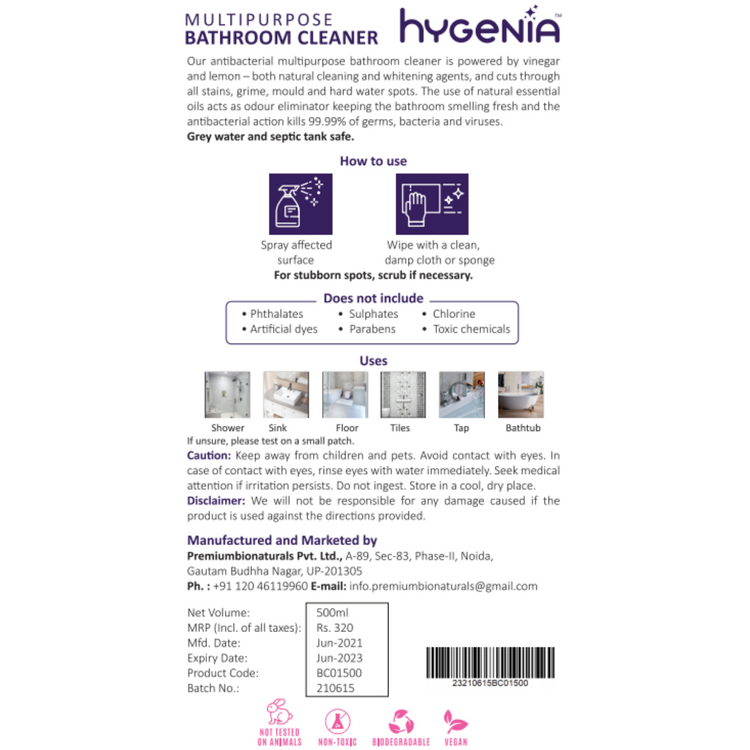Monsoon brings the earthy smell of rain and a refreshing change in weather, but along with it comes humidity, dampness, and stubborn stains that can wreak havoc in your home. If you’ve been asking, “How do you keep your home clean during the rainy season?” — you’re not alone. The constant wetness, muddy footprints, and musty smells can make even the tidiest home feel chaotic.
In this blog, we’ll walk you through simple and effective rainy season home cleaning tips that help you control moisture, prevent mould, and maintain a fresh, clean environment—even during never-ending downpours.
1. Control Dampness in Rainy Season at Home

Humidity is your home's biggest enemy during the monsoon. It seeps into walls, floors, and even furniture. Damp walls are an indication that you have a clogged rain gutter that’s allowing water to collect on the roof, which seeps into your walls.
It could also be a sign that there’s leakage in the plumbing of your home. The corrective measures have to be taken before it becomes worse and allows moulds to grow.
Here’s how to manage it:
-
Use exhaust fans in bathrooms and kitchens.
-
Keep windows open during dry hours to allow ventilation.
-
Dry mops work better than wet ones—use microfiber mops that absorb moisture effectively.
This helps prevent fungal growth and maintains a healthy indoor atmosphere.
2. Prevent Mould Growth in Monsoon
One of the most important monsoon cleaning tasks is to prevent mold growth in monsoon from forming on walls, ceilings, or furniture. If you can see gross black-ish growth on your walls—that’s mould and when it becomes toxic, it's fungus.
Found in humid and moisture laden rooms like the basement or bathroom, this dense organism is not always creeping on your walls. Oftentimes they can be present without its dark and spotty appearance on your walls.
Try these solutions:
-
Spray vinegar or baking soda solution on mould-prone areas.
-
Clean bathroom tiles, cabinets, and window corners regularly.
-
Avoid hanging damp clothes inside closed rooms.
Pro Tip: A diluted tea tree oil solution works wonders as a natural antifungal spray!
3. Use of Dehumidifier in Rainy Season
Excess humidity can lead to a sticky feel in the air and musty odours. Using a dehumidifier helps maintain a balanced humidity level (ideally 45–55%), which prevents mouldthe and keeps your home comfortable. It also protects wooden furniture and electronics from moisture damage and keeps fabrics, books, and linens fresh.
Using a dehumidifier in rainy season helps:
-
Maintain a balanced humidity level (ideally 45–55%).
-
Protect wooden furniture and electronics from moisture damage.
-
Keep fabrics, books, and linens mould-free.
If a dehumidifier isn’t available, bowls of rock salt or baking soda in corners also absorb excess moisture.
4. Keep Clothes from Smelling During Rainy Season

High humidity can cause freshly washed clothes to develop a musty smell if they dry too slowly. Keep Clothes from Smelling During Rainy Season by avoiding the habit of piling wet clothes together—air them out quickly so they dry evenly and stay fresh.
Nothing feels worse than freshly washed clothes turning musty because they couldn’t dry properly, so ensure good airflow and quick drying to maintain their freshness. For more tips on tackling damp smells throughout your home, read our blog on Cleaning Hacks to Remove Damp Odour During the Rainy Season.
Here’s how to fix that:
-
Spin-dry clothes longer in the machine before drying.
-
Avoid drying indoors—if unavoidable, use a fan or open window to help air circulate.
-
Add a few drops of white vinegar or tea tree oil during the rinse cycle to kill odour-causing bacteria.
Also, avoid piling wet clothes—air them out as soon as possible.
5. Focus on Floor & Entryway Cleanliness

Rainwater often carries dirt, germs, and even fungal spores into your home, especially through footwear. A mud zone at your entrance helps keep these contaminants from spreading indoors. Mats and trays act as a first line of defence, preventing water damage to flooring.
This routine also reduces the risk of slips and falls caused by wet floors during the monsoon.
Designate a mud zone at your entrance:
-
Place washable mats outside and inside the door.
-
Keep a tray for wet footwear.
-
Mop floors twice a day with an antibacterial floor cleaner.
This helps avoid grime and keeps your floors spotless and safe.
6. Clean Soft Furnishings Frequently
Sofas, curtains, cushions, and carpets tend to trap airborne moisture, which encourages fungal growth and lingering smells. A regular vacuum prevents dust from holding onto this dampness. Airing out rugs and carpets exposes them to fresh air, which not only dries them but also kills mould spores.
These steps protect both the look and longevity of your furnishings:
-
Use a vacuum regularly to remove dust.
-
Place naphthalene balls or silica gel sachets inside drawers and closets.
-
Air out rugs and carpets once a week.
Fresh, dry textiles will keep your entire space smelling and feeling better.
7. Keep Bathrooms & Kitchens Dry
Because they already have high humidity, bathrooms and kitchens are more vulnerable to mould during the rainy season. Exhaust fans play a critical role by keeping air moving, making it harder for condensation to cling to walls. Frequent disinfecting not only tackles visible dirt but also destroys bacteria in hidden corners.
These are high-moisture areas and need extra attention during the monsoon:
-
Wipe tiles and mirrors after each use.
-
Keep exhaust fans running to reduce steam buildup.
-
Regularly disinfect surfaces to avoid mould and bacterial growth—try the Multipurpose Bathroom Cleaner – Sweet Orange & Thyme for a natural yet effective clean that leaves a fresh, uplifting scent.

Using natural cleaning sprays with essential oils can also refresh the air while disinfecting.
Frequently Asked Questions
Q1) How do you keep your home clean during the rainy season?
A) Focus on moisture control, daily disinfection, and improving ventilation.
Q2) What are the best cleaning tips for monsoon months?
A) Use dry mops, anti-fungal sprays, open windows during dry hours, and dehumidifiers.
Q3) How can I control dampness and humidity in my home?
A) Ventilate often, use exhaust fans, dehumidifiers, and moisture absorbers like baking soda.
Q4) What’s the best way to prevent mould growth in the monsoon?
A) Disinfect high-humidity areas, avoid drying clothes indoors, and use anti-mould sprays.
Q5) Should I use a dehumidifier during the rainy season?
A) Yes! It helps maintain ideal humidity levels and keeps air fresh and surfaces dry.
Q6) How do I stop my clothes from smelling musty after washing?
A) Use vinegar or essential oils in the rinse cycle and ensure clothes dry completely.
Rainy days may be cosy, but they require extra care to keep your space clean and mould-free. With these simple rainy season home cleaning tips, you can enjoy the monsoon without the mess. Stay consistent, ventilate regularly, and embrace a routine that keeps dampness and germs at bay.
Still struggling with mould or odour? Let us know—we’ll help you pick the best eco-friendly cleaning products for your home!














